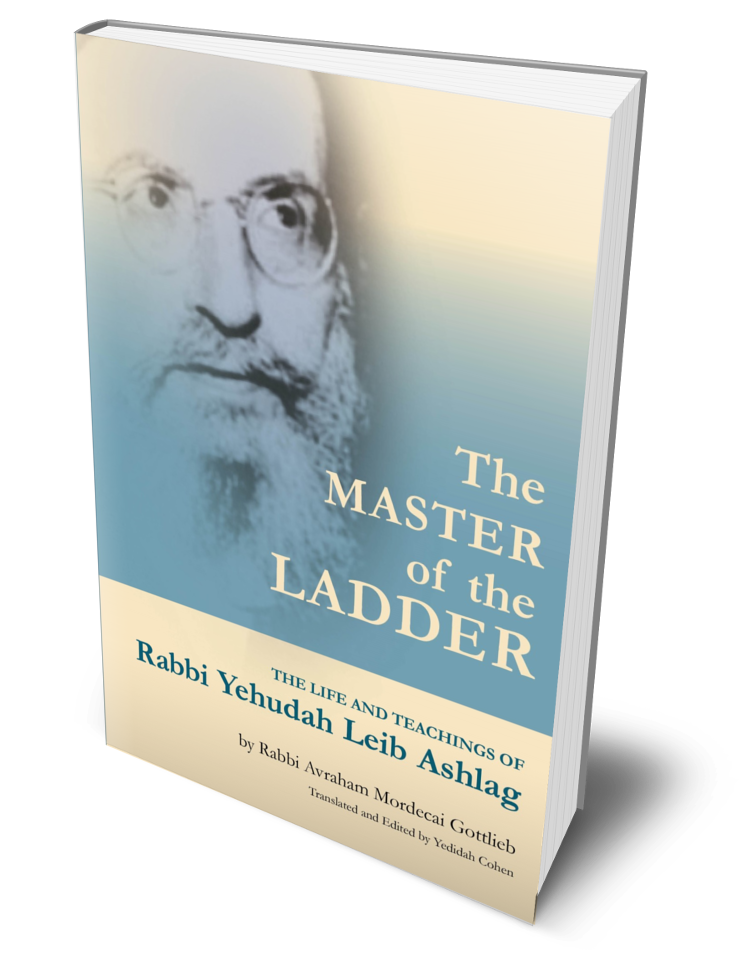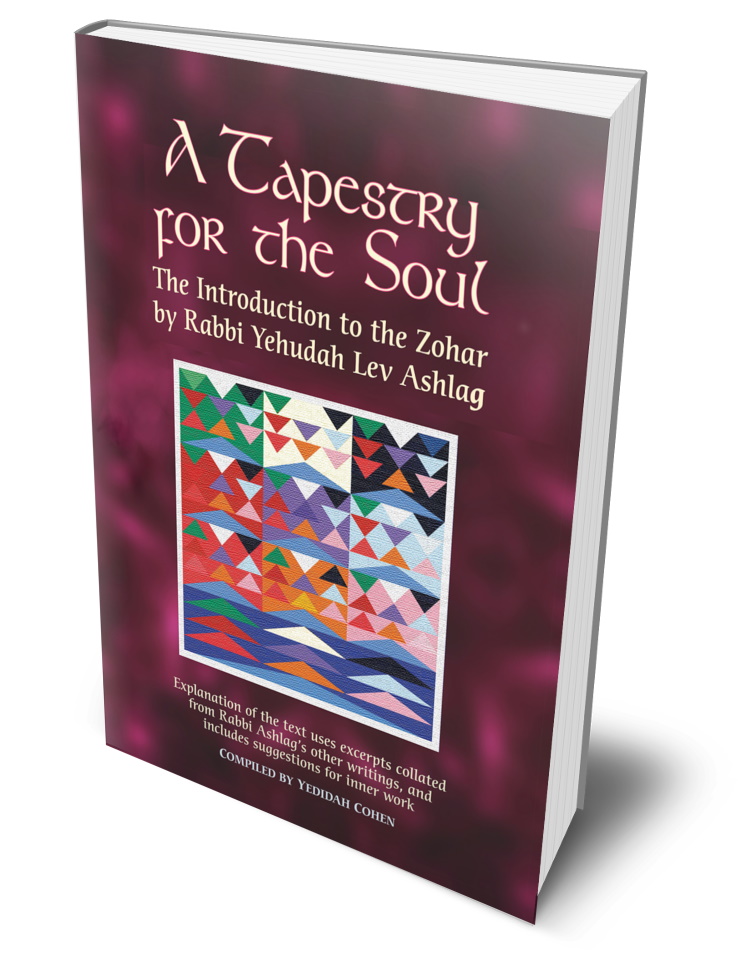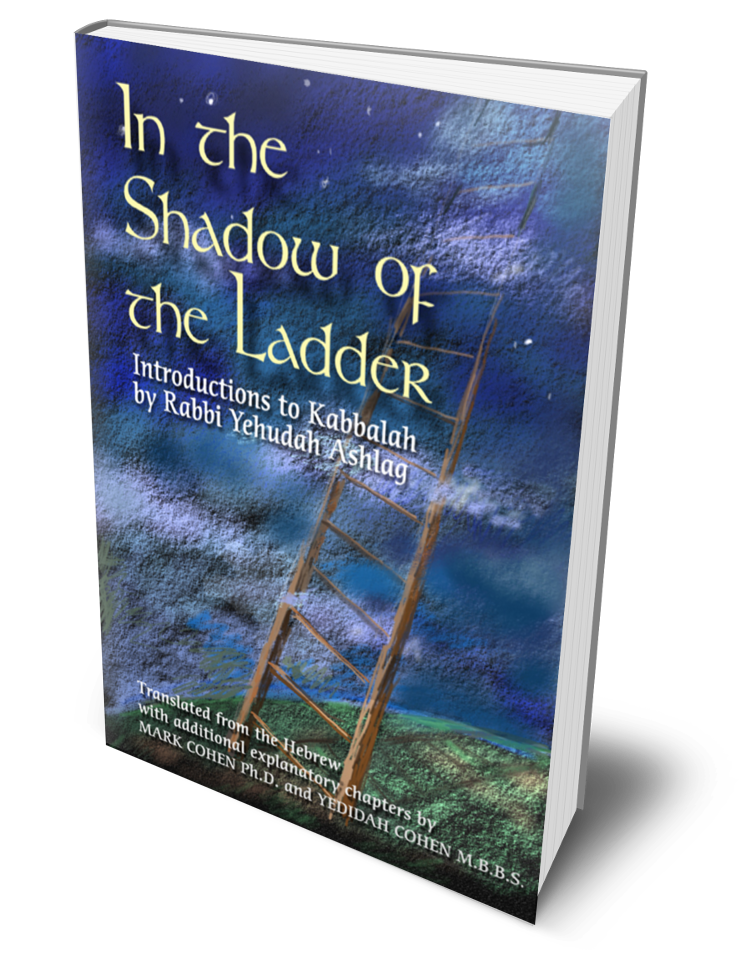
Podcast: Play in new window | Download (Duration: 9:39 — 9.0MB)
Subscribe: Apple Podcasts | Spotify | Android | Podchaser | Email | RSS
The Nature of Creation
This last Shabbat we started reading the Torah again from the beginning, starting with the word Bereishit.
This word is one of the most discussed words in the Zohar because it contains both the beginning and the ultimate finish of creation. It contains within itself the sodot, the inner meanings of the origin of creation, the sodot of the nature of creation, and the sodot of creation’s ultimate destiny.
In this short piece let us consider one aspect only: the word bara ברא that is found within the word bereishit בראשית . The word bara ברא means creation. Creation implies something new, something that was not present in reality before it came into being. What can that be?
The holy Ari teaches us that prior to creation, reality is entirely filled with the limitless light of God, His goodness. Since this goodness contains all that is, the only new creation that can possibly be, is a state of emptiness.
So creation implies emptiness. It describes a state of consciousness in which we are outside of the consciousness of light. It is a state of longing, a state of being incomplete. If our natural state is one of being filled with light, then the state of creation is therefore an unnatural one. Indeed, this is how we experience it. We all experience periods in our lives of dissatisfaction, of loneliness, of alienation; episodes when we ask, “What is my life about?” Sometimes these states of consciousness are short-lived, but sometimes these feelings of emptiness and of longing seem to characterize most of our lives. We sometimes try to deny these times, to fill them up with something to distract ourselves from our unease. But this is because we do not realize their potential. By understanding the word bara ברא we discover that this essential emptiness is actually the essence of creation. We need to harness the power of creation that is inherent in these difficult times.
We tend to think that if only the emptiness will be assuaged and fulfilled we will feel satisfaction. But since the moment of Tzimtzum, when the vessel of the Ein Sof, the Infinite, decided it preferred to be a giver rather than a receiver, when it decided it wanted to acquire even more affinity of form with the Creator, our work has changed. Instead of longing to fill the void by looking for the light, our task is now to change the nature of the vessel itself— to rectify the creation, no less. When we feel lonely or sad, our job is therefore not to distract ourselves, but to change the desire: Instead of focusing on the emptiness, we work to find fulfilment in another way, through the desire to give to God and to each other in faith. This corrects creation by changing the direction of desire from that of receiving to a desire of attaining affinity of form, unity, with the Creator. The Sages of the Zohar assure us that this rectification of Creation will eventually bring the vessel to a higher level of consciousness than it had when it started as a passive receiver in the Ein Sof, eventually attaining conscious partnership with the Creator.
So to help us with this rectification of creation , the Creator gave us three more letters in the word ברא-שית. The word שית means six and refers to the six lower Sephirot: Chesed, Gevurah, Tiferet, Netzach, Hod, Yesod which correspond to the six days of creation. It is in the six days of the week that we are asked to do all our work. This is the work we need do in the world the rectification of creation. This we do through our fulfillment of the mitzvot of the Torah. The mitzvot are given to us to teach us how to rectify the creation in practice. They teach us to refrain from acts that are entirely self –serving; these are the 365 negative mitzvot, the “ don’t do’s, and they show us which actions we can do to perform the 248 positive commands with love and joy of service.
The Mitzvot therefore give us the means by which we may refrain from indulging in the feelings of sadness and loneliness of unfulfilled desires of receiving, but concentrate instead on our faith in God that He is good and does good and that all that happens is according to His will.
And then comes the Shabbat.
“Now the heavens and the earth were finished and all their host.
And God finished His work on the seventh day that He did, and He stopped on the seventh day all the work that He did.
And God blessed the seventh day and He hallowed it, for on it He ceased all His work that God created to do.”
( Genesis 2:1)
So here we have the essence of Shabbat, the fulfilment of Creation, wherein the original thought of creation in which God wants to give joy to the created beings is fulfilled. Just as the Malchut is the final Sephirah, which comes out following the six Sephirot: Chesed, Gevurah, Tiferet, Netzach, and Yesod, so does the Shabbat whose essence is the Malchut, follow our work of the six days in which we did what we could to correct the desire of receiving to giving. So on the Shabbat, our receiving is only for the sake of giving pleasure to the Creator in joy, in just the same way as it will be in the end of the Tikkun, when we will rest in the fulfillment of the joy and conscious partnership with God on the ultimate seventh day, the Shabbat.
This podcast is dedicated in loving memory and for the ilui nishmat of Feigi Bat Rivka z”l and Aharon Kotler z”l and Sara Kotler z”l, May their memories be a blessing for us.
{ 0 comments }








